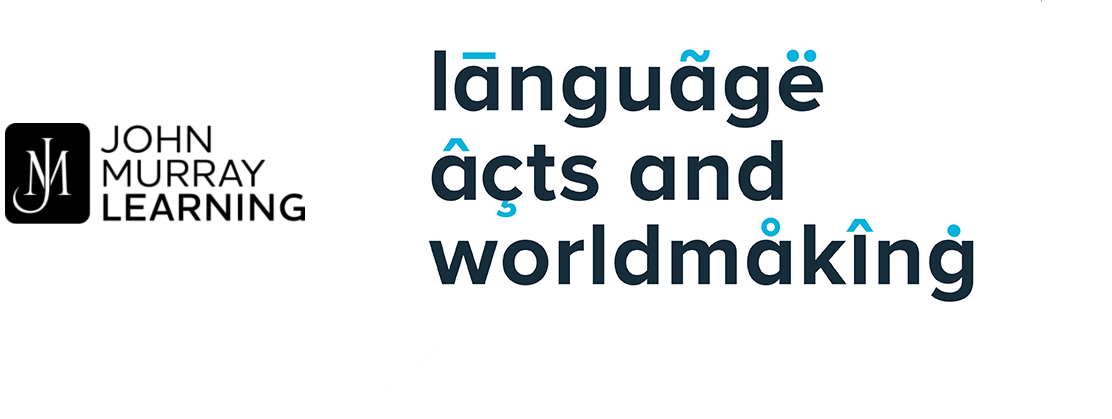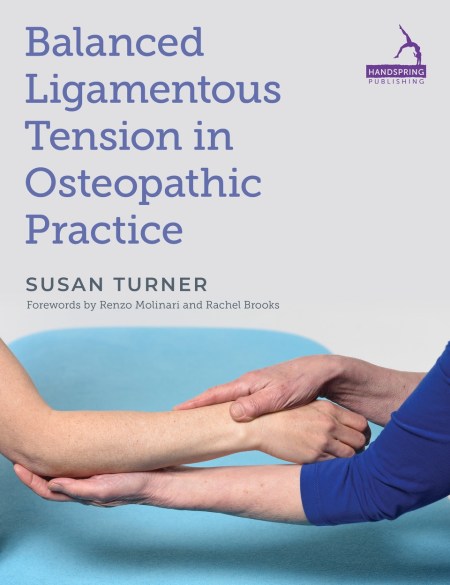This user-friendly book will guide the reader to understand how balanced ligamentous tension (BLT) can be used as a therapeutic principle in the practice of osteopathy. The application of BLT is powerful, precise and specific but is also safe and comfortable for the patient and has been embraced with interest by osteopaths worldwide.
BLT is seen by many as an indispensable bridge between the better known ‘structural’ and ‘cranial’ approaches and is an essential but almost forgotten part of the osteopathic heritage. In using ‘the gentle exaggeration of the lesion’, this approach is rooted in the original teaching of AT Still, osteopathy’s founder, and that of his student W G Sutherland, who realised how potently the point of balanced tension can activate the innate self-correcting forces in the articular system. This teaching was passed on directly to the author by William Sutherland’s close friend and student, Anne Wales D.O.
As well as giving technical guidance and acting as a reference, citing relevant contemporary physiological research, this book is steeped in osteopathic philosophy. It seeks to enhance understanding of the reciprocal relationship between structural integrity and healthy function. By illustrating how the contact we make on the outside of the body influences the spatial environment of the physiology within, this highly effective approach can enable the practitioner to engage with the patient’s potential for improved wellbeing and health.
BLT is seen by many as an indispensable bridge between the better known ‘structural’ and ‘cranial’ approaches and is an essential but almost forgotten part of the osteopathic heritage. In using ‘the gentle exaggeration of the lesion’, this approach is rooted in the original teaching of AT Still, osteopathy’s founder, and that of his student W G Sutherland, who realised how potently the point of balanced tension can activate the innate self-correcting forces in the articular system. This teaching was passed on directly to the author by William Sutherland’s close friend and student, Anne Wales D.O.
As well as giving technical guidance and acting as a reference, citing relevant contemporary physiological research, this book is steeped in osteopathic philosophy. It seeks to enhance understanding of the reciprocal relationship between structural integrity and healthy function. By illustrating how the contact we make on the outside of the body influences the spatial environment of the physiology within, this highly effective approach can enable the practitioner to engage with the patient’s potential for improved wellbeing and health.
Newsletter Signup
By clicking ‘Sign Up,’ I acknowledge that I have read and agree to Hachette Book Group’s Privacy Policy and Terms of Use
Reviews
Many books have been written about Sutherland's cranial concept, but not a lot about his approach to the rest of the body, Balanced Ligamentous Tension. Susan Turner's book brilliantly fills this gap, sharing her lifetime of osteopathic experience with future generations. Firmly rooted in the osteopathic tradition and written in a precise and clear language honed in decades of teaching, this is nevertheless a very modern book that also references relevant scientific sources and includes links to technique videos wherever this is useful. One cannot learn techniques purely from a book. But for those who learned in practical courses to listen to the tissues and find a Point Of Balance, this book is an invaluable resource for specific approaches to the various areas of the body.
Probably the most important osteopathic book of recent years, written by long-time experts in the field. It is very practical and hands-on, and at the same time shows a deep understanding of physiology in osteopathic interaction. This book will be a source of inspiration not only for students, but also for osteopaths with many years of experience
This is an exceptional treatise on Balanced Ligamentous Tension. Sue dives deep into the philosophy, principles, and anatomy at the heart of the work, offering the reader not only a clear and practical guide to the procedures, but the depth of understanding needed to ultimately master them.

